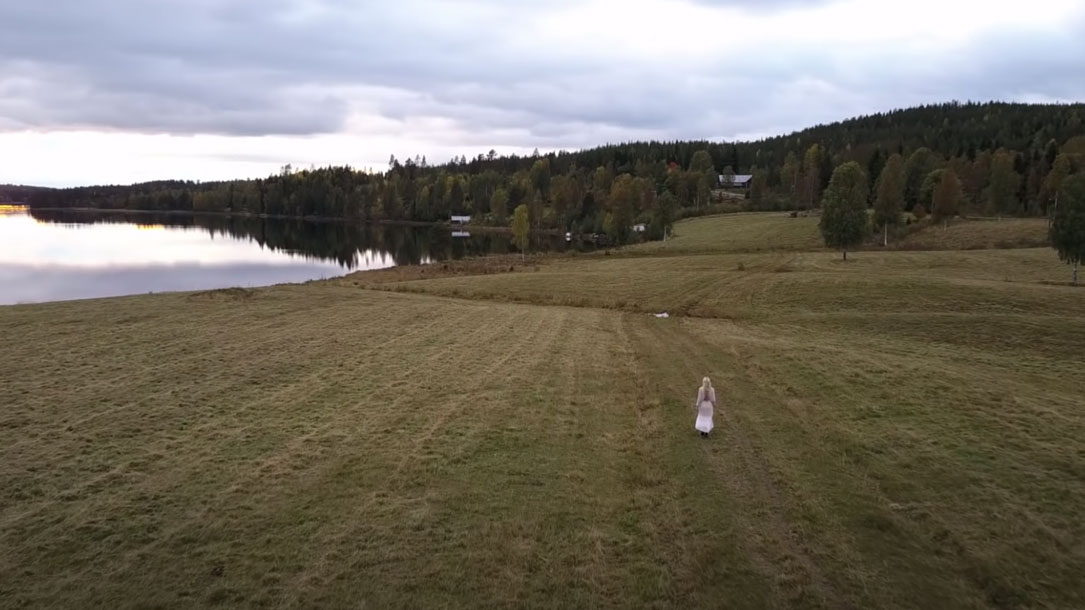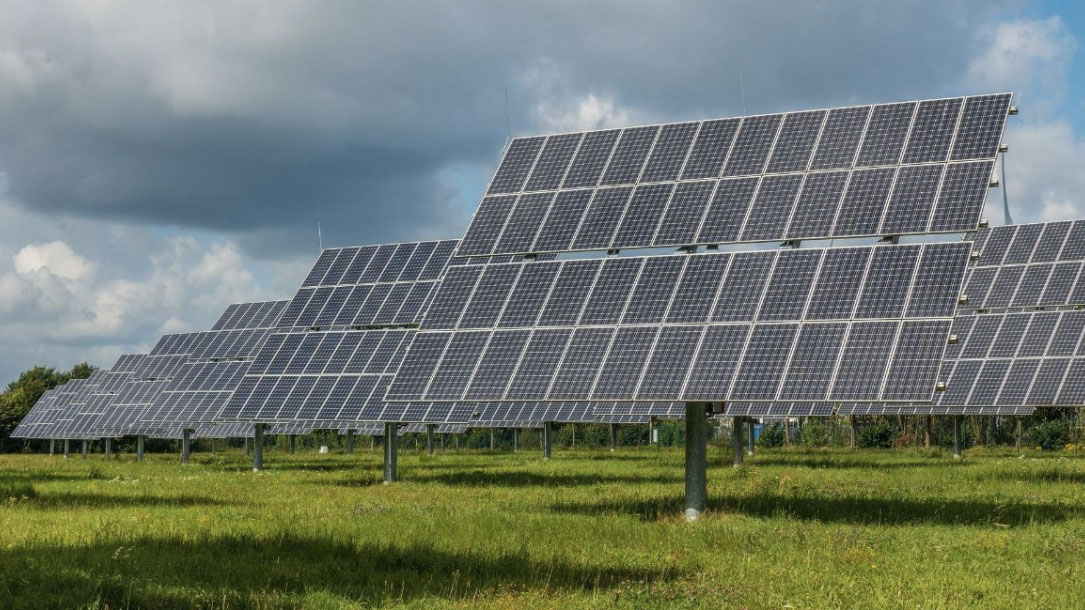
Want to get involved with solar grazing?
he American Solar Grazing Association (ASGA) was founded to promote grazing sheep on solar installations.
ASGA members are developing best practices that support shepherds and solar developers to both effectively manage solar installations and create new agribusiness profits…
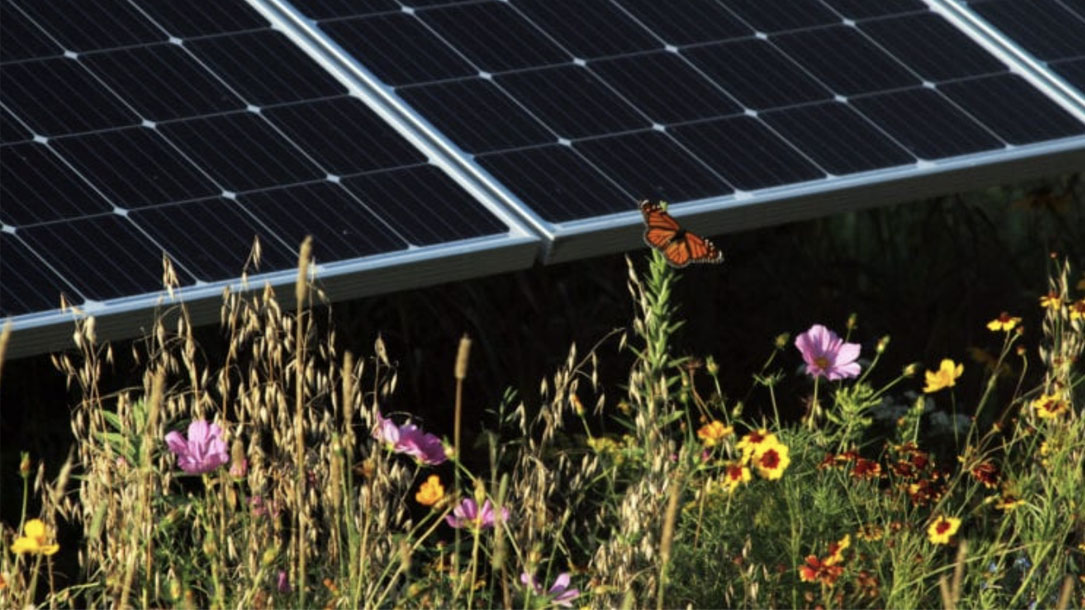
The evolution of rural solar: from panel monocrops to multiple land uses
In farming, companion planting of certain crops in close proximity can provide an array of benefits: from pest control, to flavor enhancement, to increased productivity.
The same concept can be applied to rural solar projects, which have the opportunity to integrate with other land uses, such as crops or pollinator-friendly plantings, and create win-win outcomes for rural communities…
Recognizing the increasing compatibility of solar with rural land conservation, Michigan recently amended its farmland preservation rules to allow solar development on protected farmland, provided that the solar project met the state’s pollinator-friendly standards…
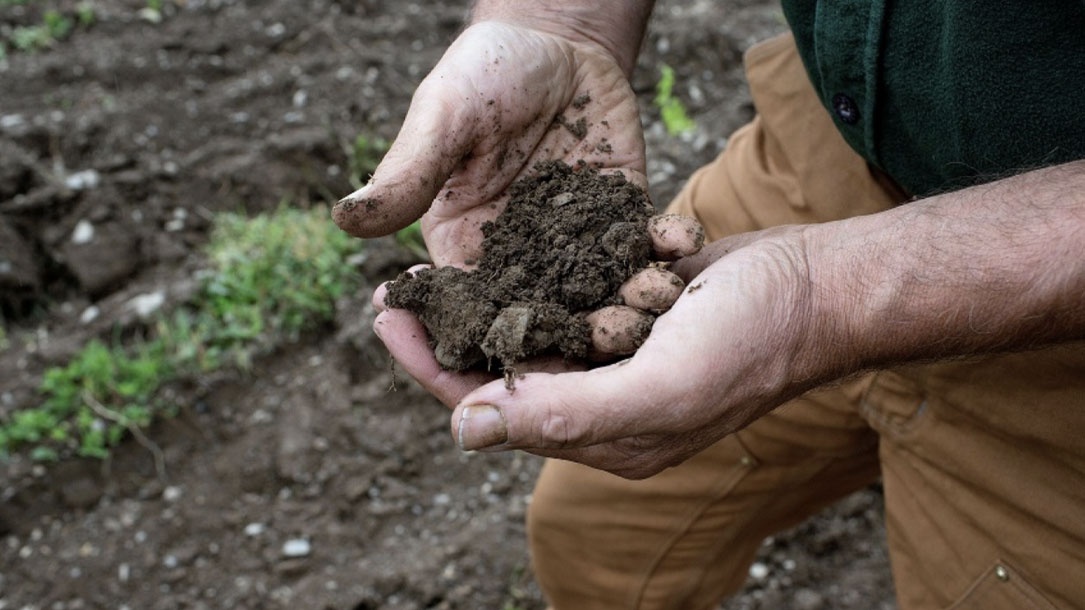
Natural climate solutions could cancel out a fifth of U.S. emissions, study finds
Conserving and restoring American forest, farm and natural lands could cut a substantial chunk of the country’s emissions, helping meet greenhouse gas reduction goals without relying on undeveloped technologies, a new report finds.
A team of 38 researchers spent more than two years looking at “natural climate solutions”—a range of strategies that includes planting trees in cities, preventing the conversion of natural grassland to farmland and shifting to fertilizers that produce less greenhouse gas emissions…
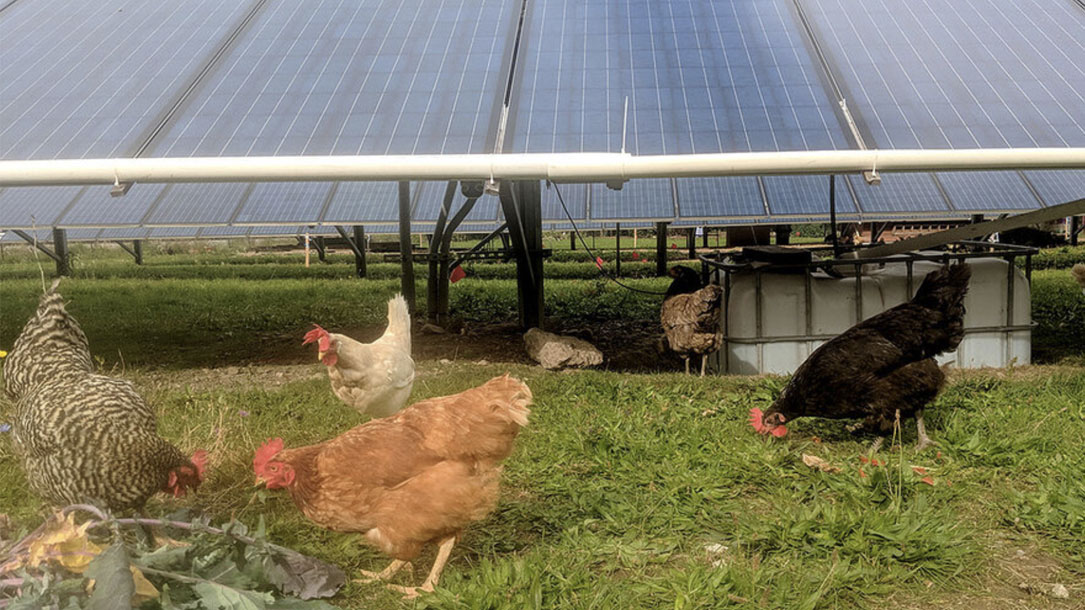
A new vision for farming: chickens, sheep, and…solar panels
When Jackie Augustine opens a chicken coop door one brisk spring morning in upstate New York, the hens bolt out like windup toys. Still, as their faint barnyard scent testifies, they aren’t battery-powered but very much alive.
These are “solar chickens.” At this local community egg cooperative, Geneva Peeps, the birds live with solar power all around them. Their hen house is built under photovoltaic panels, and even outside, they’ll spend time underneath them, protected from sun, rain, and hawks…
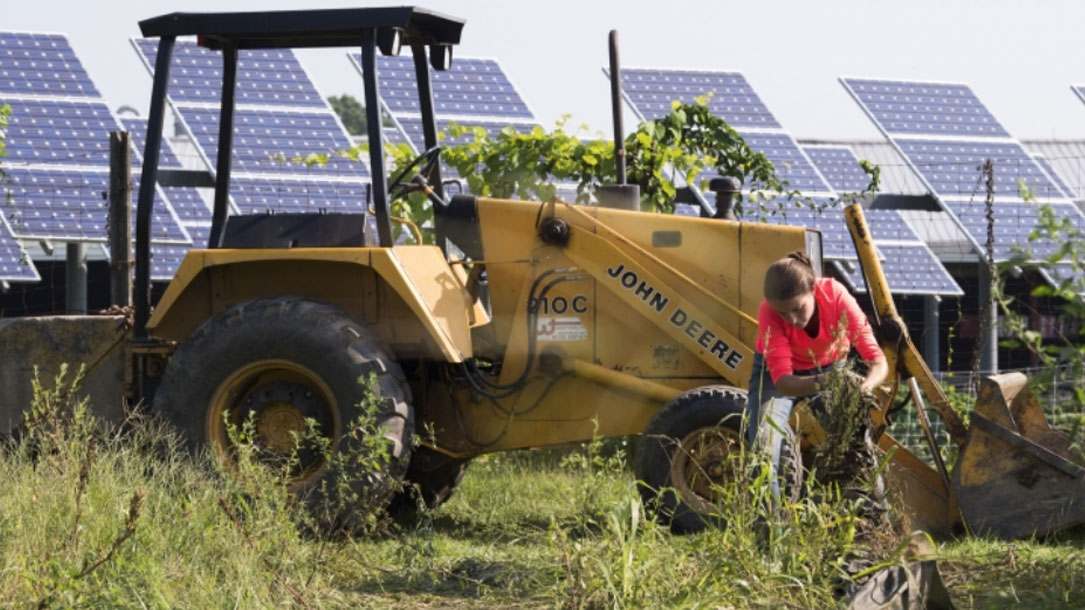
Farmer’s Guide to Going Solar
A growing number of farms and agricultural businesses are looking to solar to power their daily operations. Thanks in part to the Solar Energy Technologies Office’s investments, the cost of going solar has declined, enabling more installations across the country. Consider these questions to help [farmers] determine what’s best …

In rare bipartisan bill, U.S. senators tackle climate change via agriculture
U.S. senators on Thursday introduced a bipartisan bill that would direct the Agriculture Department to help farmers, ranchers, and landowners use carbon dioxide-absorbing practices to generate carbon credits, a rare collaboration on climate change.
The proposed Growing Climate Solutions Act directs the USDA to create a program that would help the agriculture sector gain access to revenue from greenhouse gas offset credit markets…
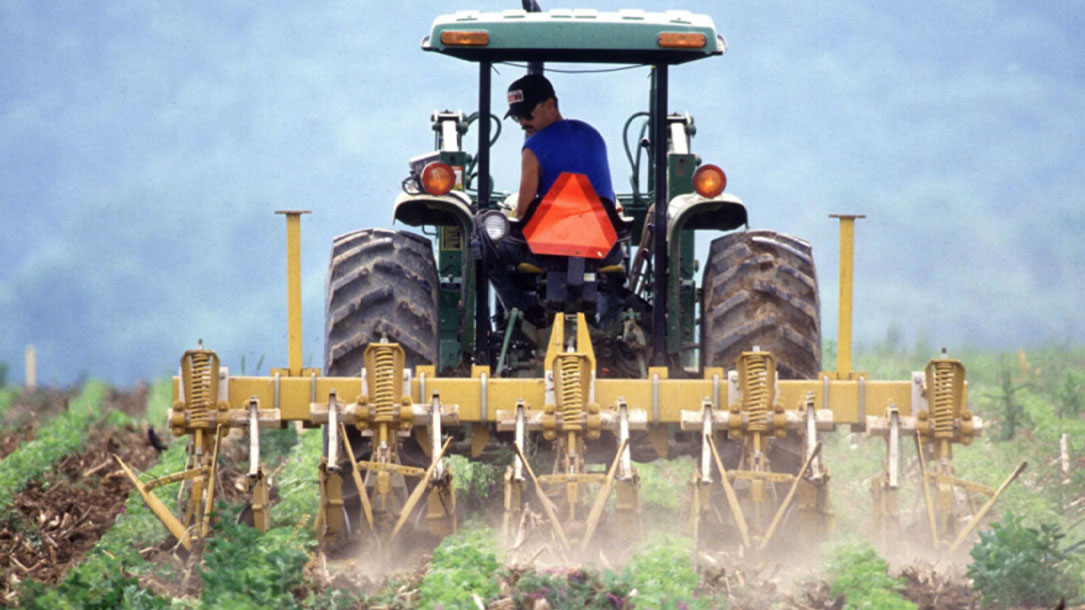
How improving soil health can help farmers adapt to extreme weather
Heavy rain can wash topsoil off farm fields. Droughts can leave crops withering in the sun. But improving soil health can help farmers adapt to extreme weather.
Healthy soil absorbs and holds more water, so farms can better withstand droughts and floods. Jennifer Moore-Kucera of the American Farmland Trust says healthy soil also stores more carbon, which helps slow global warming…

How solar farms can be regenerative for soil and sequester more carbon
What if renewable energy was not just sustainable but was also regenerative? This is the goal of a partnership between White Oak Pastures and Silicon Ranch Corporation, an independent solar power producer under the umbrella of Shell.
In 2020 alone, this partnership will bring holistic planned livestock grazing and regenerative land management practices to nearly 2,400 solar farm acres in Southwest Georgia to create carbon sinks, restore biodiversity and soil health, and add to the environmental, social, and economic benefits of these clean energy projects…
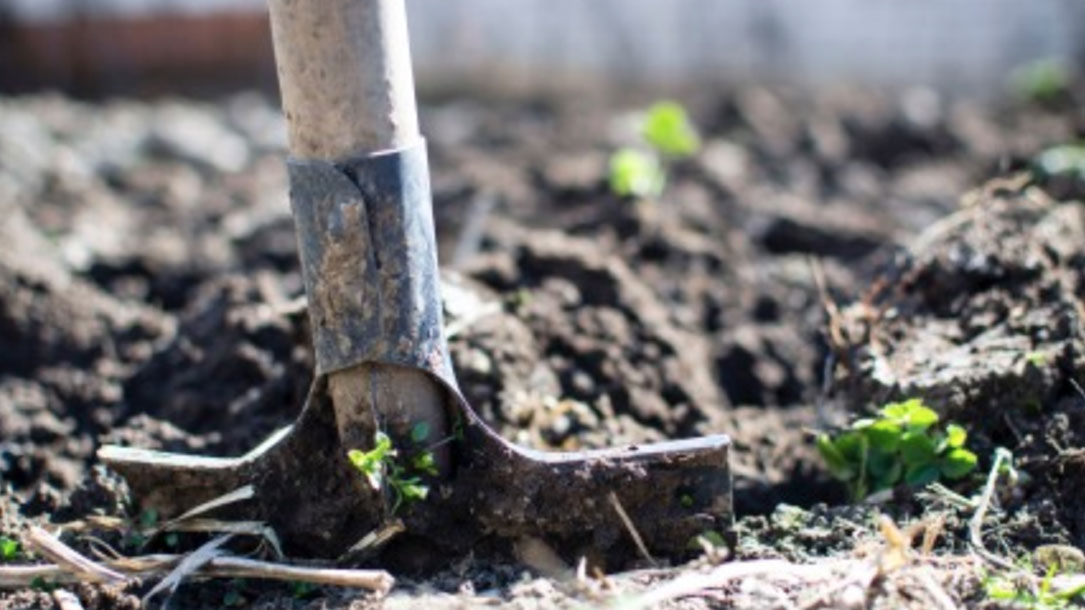
The state of regenerative agriculture: growing with room to grow more
Who’s regenerating what in this practice? As you’ll see, regenerative agriculture involves techniques to ensure healthy soils, climate, workforces, and communities. Investors in these practices leverage data, science, and communication across farming communities for constant improvement. It’s a lot to track.
So the Regenerative Agriculture Initiative team has prepared a series of explainer stories. Look in the weeks to come for reporting on the methods, metrics, and meaning of a practice that can make farming more durable, equitable, and conducive to ecosystem health…
